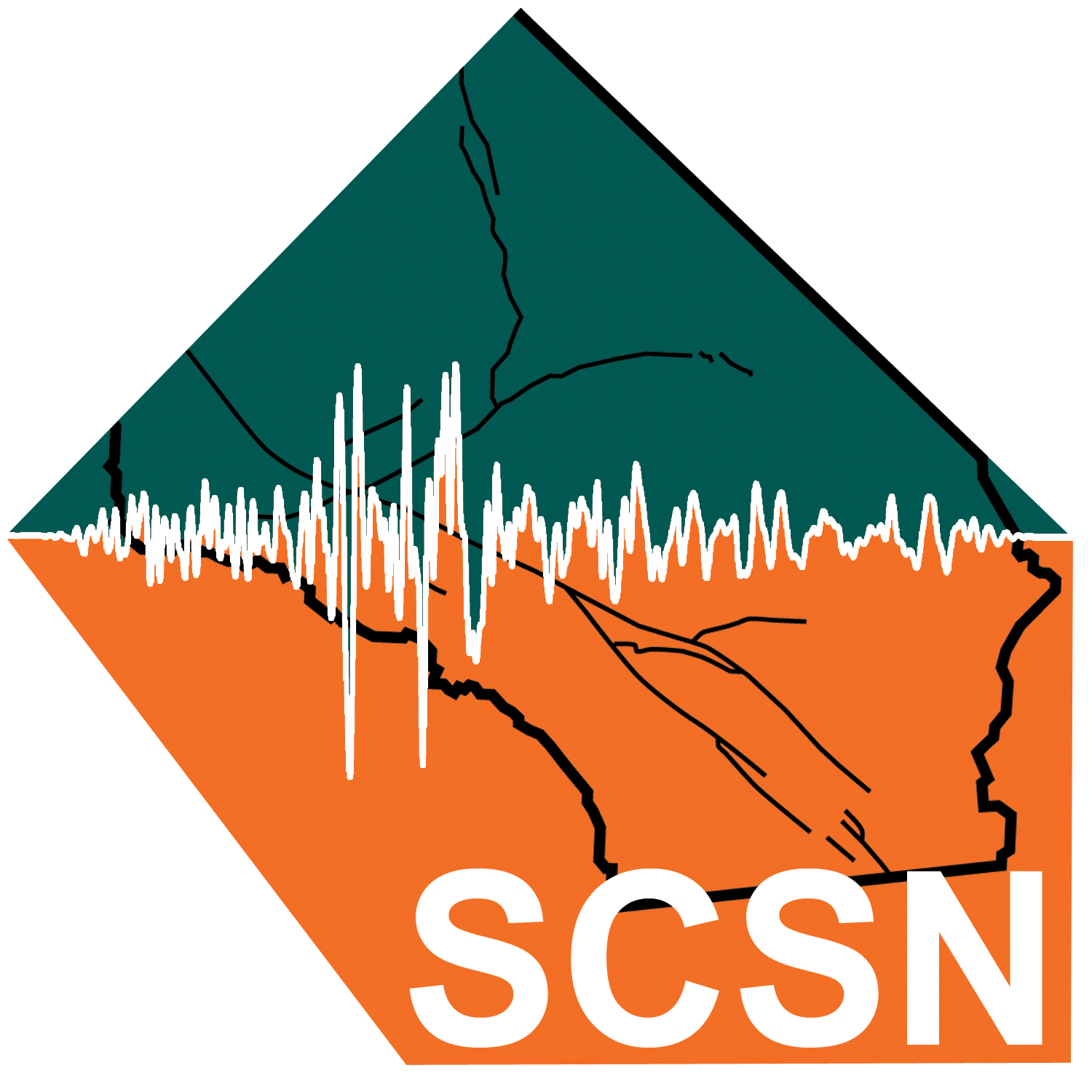Earthquake Information
Fault Name Index
A | B | C | D | E | F | G | H | I | J | K | L | M | N | O | P | Q | R | S | T | U | V | W | X | Y | Z
Oak Ridge Fault
TYPE OF FAULTING: thrust
LENGTH: 90 km
NEAREST COMMUNITIES: Santa Paula, Fillmore, Saticoy, Ventura
MOST RECENT MAJOR RUPTURE: Holocene, in part; mainly Late Quaternary
RATE: between 3.5 and 6 mm/yr
INTERVAL BETWEEN MAJOR RUPTURES: unknown
PROBABLE MAGNITUDES: MW6.5 - 7.5
OTHER NOTES: This fault dips to the south, at a fairly shallow (less than 45 degrees) angle. Thus, epicenters of earthquakes on this (and any other thrust) fault may appear far removed from the surface trace.
The surface trace of the Oak Ridge thrust is fairly easy to find on just about any map of the area you might have -- it forms a ridge (hence its name) to the south of its trace, and is roughly paralleled by both the Santa Clara River and California State Highway 126, from the town of Piru to the coast, just southeast of Ventura. The Oak Ridge thrust continues off shore, out to a point about 20 kilometers due south of Santa Barbara. The offshore segment is associated with a definite zone of active seismicity, though the only known Holocene surface rupture is found well onshore, between the towns of Bardsdale and Fillmore. At its eastern end, the Oak Ridge thrust becomes progessively more difficult to trace, and appears to be overthrust by the Santa Susana fault, thus becoming a blind thrust fault. Indeed, the fault associated with the 1994 Northridge earthquake is probably part of the Oak Ridge fault system, as it shares many of the characteristics of this fault. This blind thrust fault is known either as the Pico Thrust, named for the Pico Anticline (a geologic fold it is creating), or as the Northridge Thrust, for more obvious reasons.
This fault is featured on the following maps:
Northwest Fault Map
Los Angeles Fault Map






